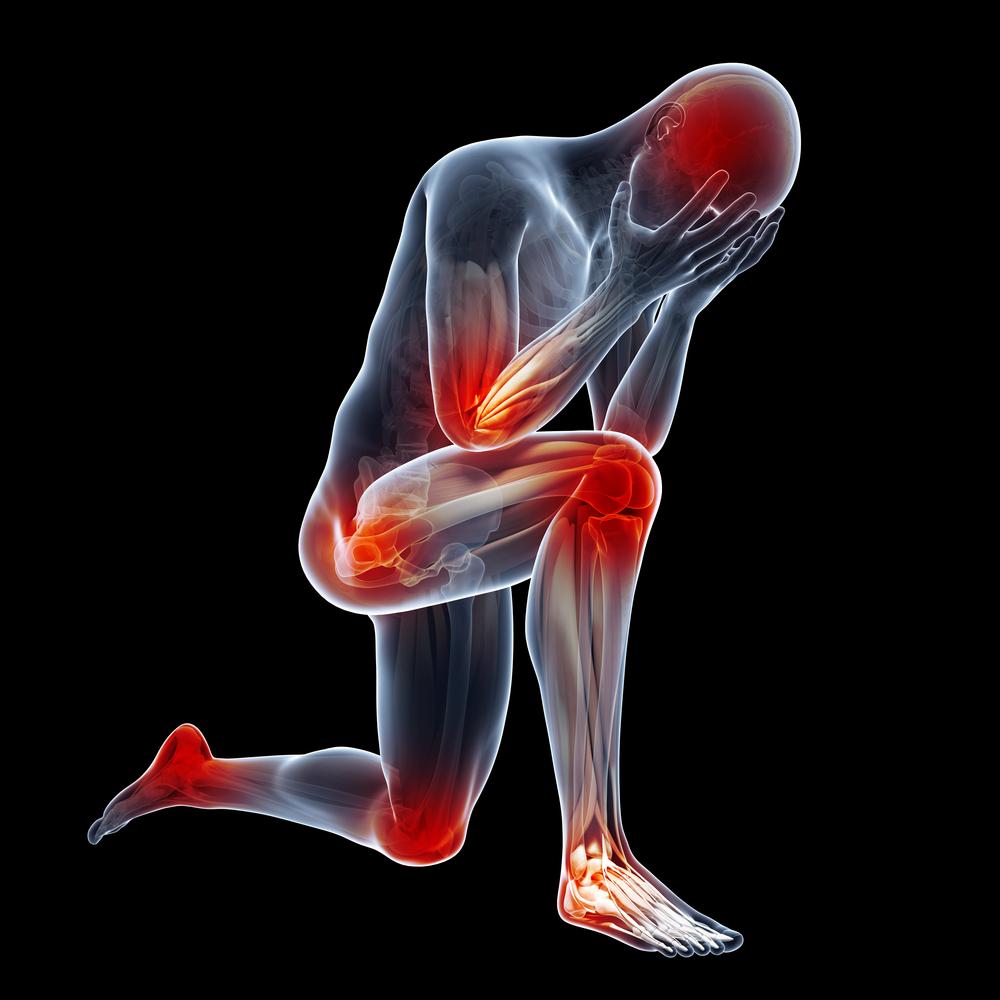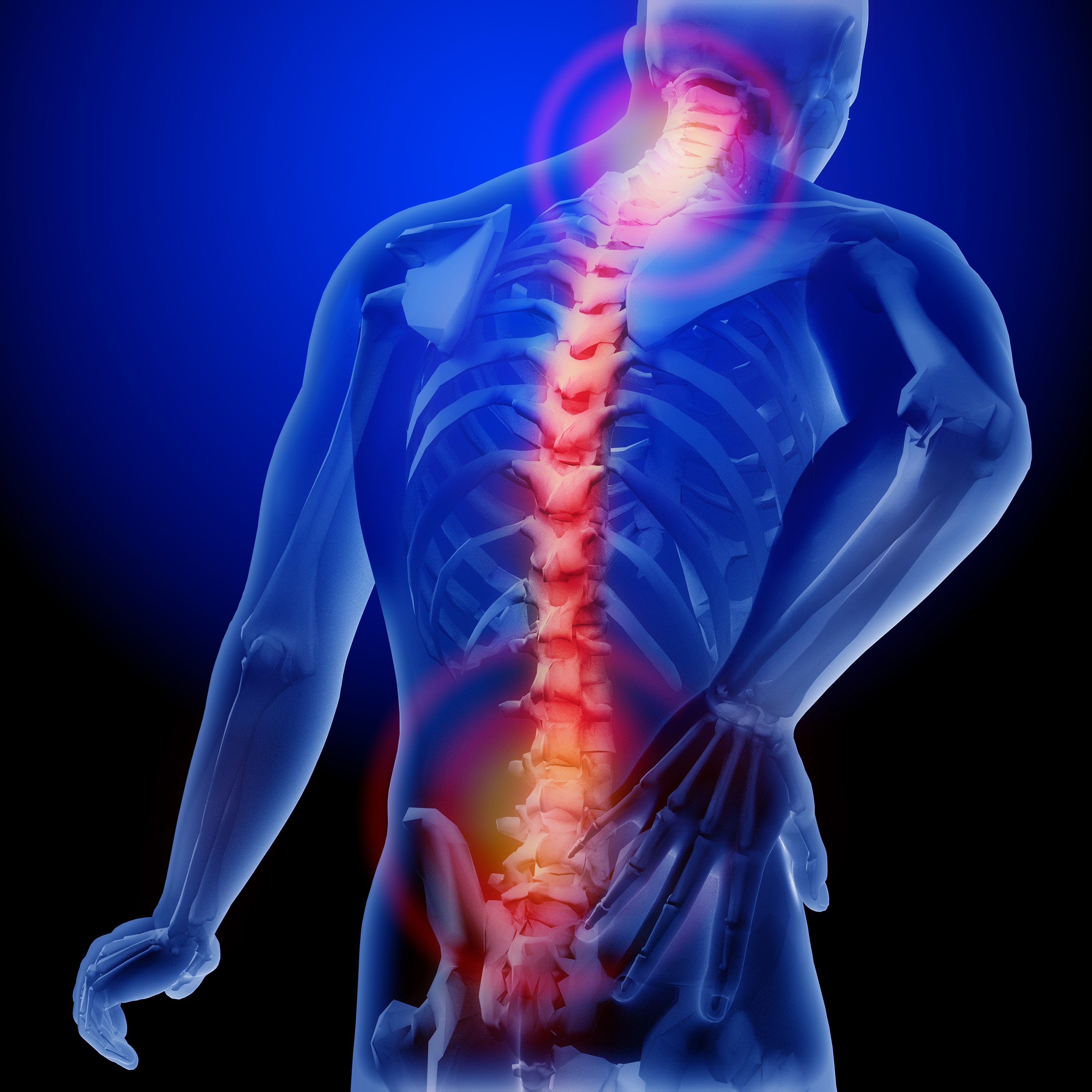Imagine a contest where the true measure of a person's spirit isn't just about speed or strength, but about how much discomfort they can truly bear. This isn't about setting new records in a typical race; it's about pushing past what feels humanly possible, experiencing aches, and finding a way to continue. People often speak of pain as a barrier, something to avoid, yet some pursuits seem to turn it into a kind of personal challenge, a trial of their inner grit.
This idea, a sort of "pain olympic sport," suggests a different kind of competition, one where the struggle itself becomes the main event. It involves facing down physical aches and also the deeper, more unsettling mental anguish that comes with extreme effort. Think about those moments when your body screams for you to stop, when a throbbing sensation takes hold, or a sudden, sharp jolt goes through you. How you respond to that, how you keep moving forward, is what this kind of "sport" is all about, you know?
We're going to explore what it means to face such trials, looking at the different kinds of discomfort people experience, from a general feeling of being in pain to a specific, painful wound. We will consider how people manage these feelings, whether they try to stop the pain or simply endure it, and what happens when that intense feeling finally starts to lessen. It's about understanding the human experience when pushed to its limits, pretty much.
Table of Contents
- What Makes Pain an Olympic Sport?
- The Physical Trials of a Pain Olympic Sport
- Can We Really Stop the Pain in This "Sport"?
- The Mental Game - Enduring the Pain Olympic Sport
- Is "Painshare" a Real Part of This Competition?
- The Aftermath - When the Pain Olympic Sport Ends
- How Does One Train for a Pain Olympic Sport?
- Acknowledging the "Painful Wound" in This Sport
What Makes Pain an Olympic Sport?
The idea of turning physical suffering into a contest might seem strange, yet it happens all the time in high-level sports and extreme challenges. People push their bodies and minds to their very edges, facing aches that most of us would try to avoid at all costs. It's not just about winning a medal; it's about proving something to yourself, about discovering what you are truly made of, so. The act of feeling pain, of being in pain, becomes a central part of the experience, a benchmark for how far someone can go. This kind of "sport" is less about who is fastest and more about who can hold on when every fiber of their being wants to quit, you know?
Consider the many ways people experience physical discomfort. It can be a general, widespread ache, or it can be a very specific, local pain, like a throbbing sensation in one spot. My text talks about feeling pain, or simply being in a state of discomfort. This state of being in pain is where the "competition" truly starts. It's about recognizing that feeling and then deciding to move through it, not around it. The challenge is in the sustained effort despite the body's protests, which is, in a way, a very unique kind of athletic endeavor.
Beyond the physical feelings, there's also the mental side of things. This "pain olympic sport" also includes facing mental suffering, a kind of deep anguish or sorrow that can be just as hard, if not harder, to bear than any physical ache. It's the struggle against your own mind telling you to give up, the internal battle that happens when you're utterly spent. This mental aspect adds another layer to the challenge, making it a complete test of a person's resolve. It's almost like the mind and body are in a constant negotiation, pushing and pulling, as a matter of fact.
The Physical Trials of a Pain Olympic Sport
When someone takes part in this kind of "pain olympic sport," the physical challenges are often quite immediate and clear. My text mentions feeling a sharp pain in one's chest, for instance. This isn't a vague discomfort; it's a specific, intense feeling that demands attention. Imagine running a long distance, and suddenly, a cramp grabs your side, or a muscle starts to burn with an insistent fire. These are the moments where the true test begins, where the body's signals become impossible to ignore, and you have to decide if you can push past them, basically.
Another example from my text describes pain shooting through an arm, a sudden, piercing feeling that moves quickly. This kind of sensation can be incredibly startling and disruptive. In a "pain olympic sport," such sudden jolts are not just obstacles; they are part of the course. Competitors must learn to acknowledge these feelings, understand them, and then find a way to keep their focus. It's about maintaining composure when your body is sending strong warning signals, which is, you know, a very difficult skill to master.
The physical trials are not always about sudden, sharp feelings either. Sometimes, it's a more constant, dull ache that wears you down over time. Think of the exhaustion that sets in during a long endurance event, where every muscle feels heavy and tired. This continuous discomfort, this persistent feeling of being in pain, is a different kind of challenge. It requires a sustained mental effort to keep going, to not let the physical weariness become overwhelming. This sort of lingering discomfort can, at the end of the day, be just as demanding as a sudden, intense one.
Can We Really Stop the Pain in This "Sport"?
A big question in any discussion about "pain olympic sport" is whether it's possible to make the discomfort go away. My text talks about trying to stop one's pain, or when the pain finally remitted, meaning it lessened or went away. In a contest centered around enduring discomfort, the goal isn't always to eliminate the feeling entirely. Sometimes, the aim is simply to manage it, to reduce its intensity enough to continue, or to find a way to tolerate it until it naturally fades. This distinction between stopping and enduring is pretty important, you know.
For those involved in pushing their physical limits, stopping the pain often isn't an option during the activity itself. Instead, they learn to separate themselves from the raw sensation, to acknowledge it without letting it take over. It's a mental trick, a way of telling your body, "Yes, I hear you, but we're not stopping yet." This mental fortitude allows them to keep moving, even when every fiber of their being is screaming for relief. It's a kind of self-talk, in a way, that helps them push through.
Then there are moments when the discomfort does, in fact, lessen. My text notes that "the pain finally remitted," suggesting a natural easing of the feeling. This could happen after a peak effort, or as the body adapts to the stress. For someone engaged in a "pain olympic sport," these moments of remission can be incredibly powerful. They offer a brief reprieve, a chance to gather strength before the next wave of discomfort arrives. It's a reminder that even the most intense feelings of suffering are not permanent, which is kind of a hopeful thought, too.
The Mental Game - Enduring the Pain Olympic Sport
While physical aches are a big part of any "pain olympic sport," the mental side, the struggle against anguish and sorrow, is often the true battleground. My text mentions "maddening pain," a feeling that goes beyond simple physical discomfort and starts to affect one's mind. This mental suffering can be incredibly draining, making it hard to focus, to think clearly, or to even want to continue. It's a deep kind of weariness that settles into your spirit, you know, making every step or every action feel incredibly heavy.
The mind's ability to cope with such intense feelings is what often separates those who succeed from those who give up. It's about finding a way to quiet the negative thoughts, to push past the internal voice that says "this is too much." This might involve focusing on small goals, breaking the larger challenge into tiny, manageable pieces, or simply repeating a mantra to stay present. It's a kind of psychological gymnastics, in a way, that allows a person to keep moving forward despite profound inner turmoil.
This mental endurance is not something that just happens; it's often built through practice and repeated exposure to discomfort. Just like physical muscles get stronger with use, the mental capacity to bear suffering can also grow. People learn to recognize the onset of mental anguish, to understand its patterns, and to develop strategies for dealing with it. This preparation for the mental aspect of a "pain olympic sport" is, frankly, just as important as any physical training, if not more so, at the end of the day.
Is "Painshare" a Real Part of This Competition?
My text brings up an interesting concept: "painshare," which seems to refer to a shared experience of discomfort. While a "pain olympic sport" might sound like an individual challenge, there are often elements of shared suffering that bind people together. Think of a team working through a grueling task, where everyone is feeling the same kind of physical or mental strain. The knowledge that others are enduring the same thing can, in some respects, make the burden a little lighter, or at least feel more bearable.
This idea of collective discomfort can create a powerful sense of camaraderie. When you see someone else struggling just as much as you are, but still pushing on, it can inspire you to do the same. It’s a silent agreement, a mutual understanding that everyone is in this together, facing the same aches and the same mental battles. This shared experience, this "painshare," can actually become a source of strength, making the individual feel less isolated in their struggle, you know?
In some ways, the "pain olympic sport" becomes less about individual glory and more about a collective effort to overcome a common challenge. The shared groans, the tired glances, the quiet nods of encouragement – these all contribute to a sense of unity born from shared hardship. This communal aspect of enduring discomfort can, quite literally, help people push past their perceived limits, knowing they are not alone in their struggle. It's pretty much a unique form of support.
The Aftermath - When the Pain Olympic Sport Ends
Every intense challenge, every "pain olympic sport," eventually comes to an end. And with that ending comes the potential for relief. My text mentions that "the pain finally remitted," which describes that moment when the intense feelings of discomfort begin to fade. This can be a gradual process, or sometimes, it feels like a sudden release, a weight lifted from your shoulders. The body starts to recover, the muscles relax, and the mind begins to clear from the fog of intense effort, more or less.
This period after the "sport" is just as important as the challenge itself. It's when the body starts to mend and the mind processes what it has been through. The aches that felt so overwhelming just moments before slowly start to become manageable, then disappear entirely. It’s a time for reflection, for understanding what was gained from pushing so hard. This remission of discomfort is a vital part of the cycle, allowing for healing and preparation for future efforts, so.
Sometimes, even after the immediate feelings of discomfort have gone, there can be lingering effects, a kind of echo of the challenge. But the initial, sharp feelings do tend to go away. This return to a state without intense discomfort is a reward in itself, a testament to the body's ability to recover and the mind's capacity to endure. It's a quiet victory that follows the loud struggle, a moment of peace after the storm, which is, you know, a very welcome feeling.
How Does One Train for a Pain Olympic Sport?
If enduring discomfort is a kind of "pain olympic sport," then how does one prepare for it? It's not about seeking out suffering, but about building the physical and mental strength to face it when it comes. Training involves gradually increasing your capacity to handle physical stress, pushing your limits a little further each time. This might mean longer runs, heavier lifts, or more intense bursts of activity, all designed to make the body more resilient to fatigue and aches, basically.
But physical preparation is only half the story. Training for this "sport" also involves a significant mental component. It means learning to control your reactions to discomfort, to not let feelings of pain overwhelm your resolve. This can involve mental exercises, like visualization or mindfulness, which help you separate yourself from the immediate sensation and maintain focus. It’s about building mental toughness, the ability to stay calm and determined even when things get really difficult, you know.
Consistency is also key. Just like any other athletic pursuit, regular practice helps to build endurance, both in the body and in the mind. Each time you push through a challenging workout or a difficult moment, you are, in a way, strengthening your capacity to bear discomfort. This repeated exposure, this steady effort, makes you better equipped for the intense moments of a "pain olympic sport," preparing you for when the feelings of physical and mental anguish are at their peak, pretty much.
Acknowledging the "Painful Wound" in This Sport
While the idea of a "pain olympic sport" celebrates endurance, it's also important to acknowledge that pushing limits can sometimes lead to real harm. My text mentions a "painful wound," which reminds us that discomfort can be a signal of actual damage to the body. This isn't about glorifying injury, but rather understanding the fine line between pushing through discomfort and causing lasting harm. It's a critical distinction for anyone who truly tests their limits, you know.
A "painful wound" could be a physical injury, like a torn muscle or a stress fracture, that results from overexertion. These are not just temporary aches; they are signs that the body has been pushed beyond its safe boundaries. Recognizing these signals, and knowing when to stop, is a vital part of any serious challenge. It's about respecting the body's limits, even when the mind wants to keep going, which is, in some respects, a very hard lesson to learn.
Beyond physical injuries, there can also be a kind of emotional or mental "wound" that comes from extreme, prolonged suffering. This might be burnout, a deep sense of exhaustion, or even a loss of passion for the activity. Acknowledging these hidden costs, these "painful wounds" that aren't always visible, is crucial for long-term well-being. It's about understanding that even in the pursuit of greatness, there are boundaries that, at the end of the day, need to be respected.
This exploration of "pain olympic sport" has looked at how physical aches and mental anguish are experienced, from a general feeling of being in pain to the sharp jolt of discomfort. We considered how people manage these feelings, whether they try to stop the pain or simply endure it, and what happens when that intense feeling finally starts to lessen. We also thought about the shared experience of suffering and the importance of recognizing when pushing limits might lead to a painful wound.
Related Resources:



Detail Author:
- Name : Dr. Evalyn Gutkowski
- Username : kozey.julian
- Email : robert.goodwin@pfannerstill.com
- Birthdate : 1981-01-25
- Address : 9866 Faustino Mission South Daniellemouth, CA 40267-6179
- Phone : 301.684.9210
- Company : Kihn and Sons
- Job : Nursery Manager
- Bio : Quis aut magnam soluta sed ut odit. Temporibus qui repellat quia et est repellendus soluta. Iure consequatur et delectus fugit molestiae. Velit eum maiores esse corporis aut libero aspernatur sed.
Socials
twitter:
- url : https://twitter.com/ziemann1975
- username : ziemann1975
- bio : Delectus et et et quia dignissimos quis. Est ad possimus quis ipsam ducimus.
- followers : 5518
- following : 1856
instagram:
- url : https://instagram.com/ziemann2024
- username : ziemann2024
- bio : Consectetur et ad et libero. Tenetur corrupti ratione ea ullam dolor.
- followers : 3593
- following : 2266
facebook:
- url : https://facebook.com/ziemanns
- username : ziemanns
- bio : Qui eos voluptatem totam enim modi.
- followers : 4553
- following : 2665
tiktok:
- url : https://tiktok.com/@sallieziemann
- username : sallieziemann
- bio : Aut molestiae itaque dolor nesciunt rerum sit est qui.
- followers : 5849
- following : 708